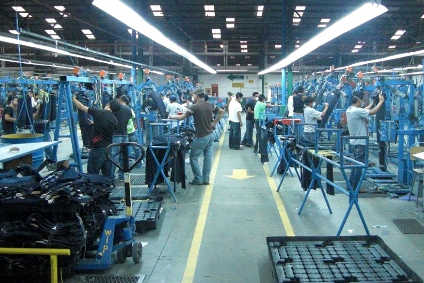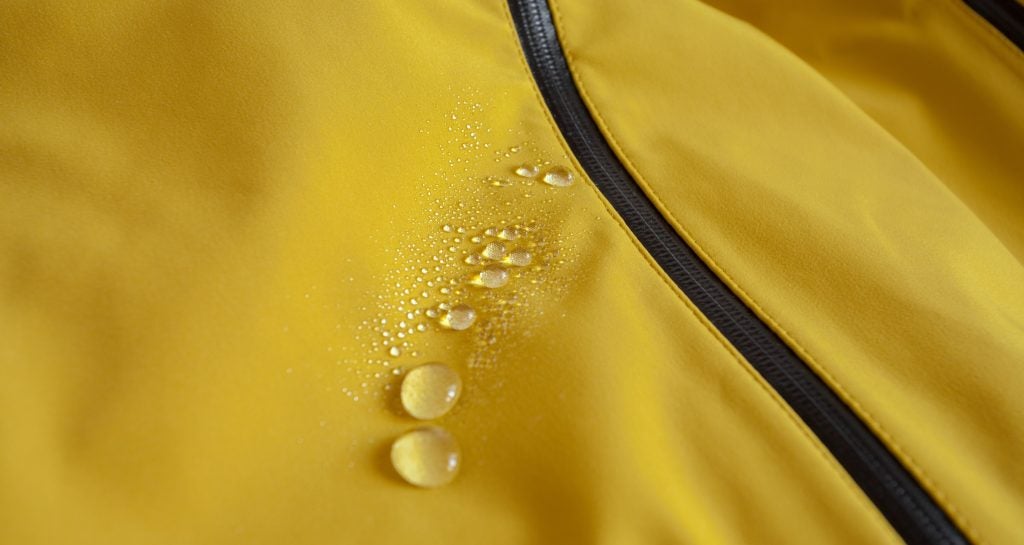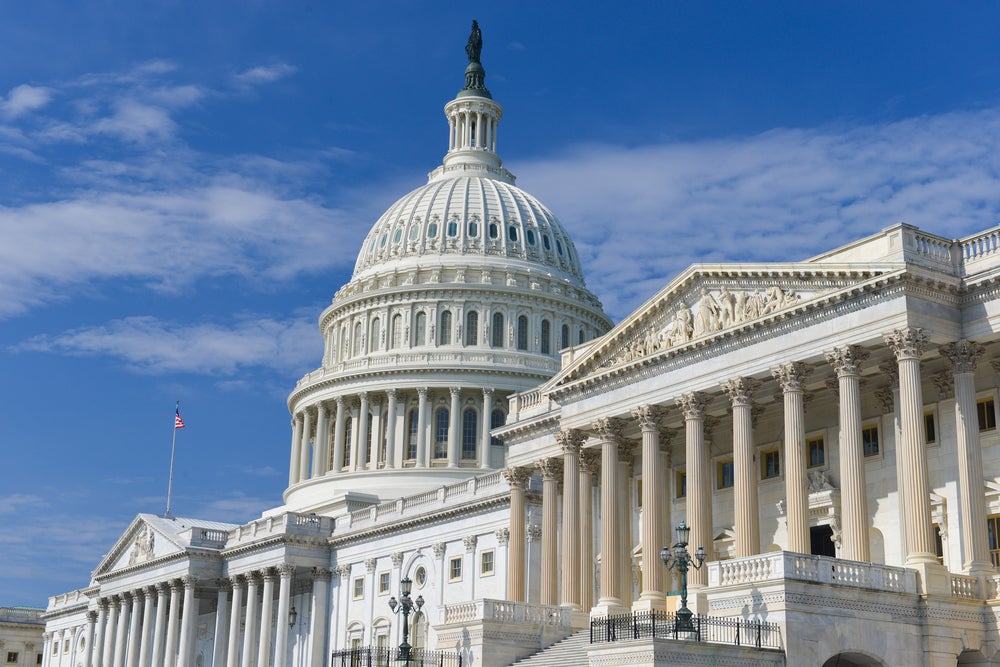
Central America’s textile and apparel exports are on course to miss growth targets this year as Trump’s impeachment concerns and rising political instability in Latin America cripple orders and freeze investments.
“We were expecting double-digit growth of at least 10%, especially after how we did last year,” when the maquila industry targeting brands such as Target and Fruit of the Loom grew 12% in value, says Alejandro Ceballos, president of Vestex (Asociación del Vestuario y Textiles de Guatemala).
The Guatemala City-based apparel and textile trade association monitors exports to the US under the Dominican Republic-Central America Free Trade Agreement’s (DR-CAFTA), which offers duty-free access. “It has been a somewhat disappointing year; this is not good for our economies or job growth.”
DR-CAFTA shipments in the first nine months of this year are up 7.36% to $8.6bn in value and 2.43% to 2.99m square metre equivalents (SME), according to Ceballos. However, that compares with gains of 12% and 9% on the same basis respectively in 2018, a record year for the sector. In 2019, Central American spinners had also expected gains of 7% in SME.
Trade war turmoil
See Also:
When US President Trump made his first tariff threats in the ongoing China trade war, clothiers rushed to boost orders in fear of future cost hikes. The result was an oversupply that made Central American factories redundant. “They had too much stock in warehouses [to meet US demand] so they cancelled orders, which began falling in April,” Ceballos notes.
How well do you really know your competitors?
Access the most comprehensive Company Profiles on the market, powered by GlobalData. Save hours of research. Gain competitive edge.

Thank you!
Your download email will arrive shortly
Not ready to buy yet? Download a free sample
We are confident about the unique quality of our Company Profiles. However, we want you to make the most beneficial decision for your business, so we offer a free sample that you can download by submitting the below form
By GlobalDataOn the bright side, trade in Guatemala, which makes some of the most expensive apparel in the DR-CAFTA bloc, has not been so bad.
Exports are up 8.5% in value terms with fabric shipments rising 15% as other Central American nations buy its polyester to make apparel. Forecasts were for a 9% gain this year after shipments rose 10% in 2018.
“Guatemala is taking advantage of lower labour costs in Nicaragua. We are making the full package, sending samples and then the fabrics to make clothing there and get dispatched to the US,” Ceballos explains.
Dimming outlook
Still, the region’s outlook is dimming, also in terms of investment.
Ceballos says manufacturers are eyeing investments of roughly $100m this year but the uncertain future of Trump’s administration and growing political instability from Mexico to Patagonia have made brands pause.
Crucially, Korea’s Sae-A Trading, which was expected to break ground on a $200m polyester yarn factory in Guatemala this summer, has put the project on standby, Ceballos claims. And rival Li & Fung is also hesitating on plans to shift 1% of sourcing from China to Central America amid capacity constraints and ongoing turmoil in Nicaragua and across South America.
“No-one wants to do anything until we see what happens with Trump’s impeachment and there is a lot of fear after the situation in Chile, which was our best indicator [for political instability],” adds Ceballos.
At press time, Chile was besieged by violent riots as citizens demanded better social services and an end to inequality. Five weeks of protests and vandalism have reportedly left 26 dead and injured over 13,000 people.
Simultaneously, similarly deadly uprisings in nearby Bolivia, where the departure of former president Evo Morales has triggered a quasi civil war – and recent upheaval in Colombia and Ecuador – have also combined to unnerve brands, many of which are also seen delaying near-term investments.
“Next year will be the same,” Ceballos predicts, when asked for 2020’s outlook. “It’s an election year in the US and more volatility will come from that. But we will depend on the US consumer. Americans are earning well and working but they are not confident in the economy even though it’s doing well.”
Black Friday apparel sales will be a key gauge for next year’s consumer sentiment as shoppers hit stores after Thanksgiving. “We will see what happens,” Ceballos concludes. “People are scared but it’s the consumer not the economy.”







